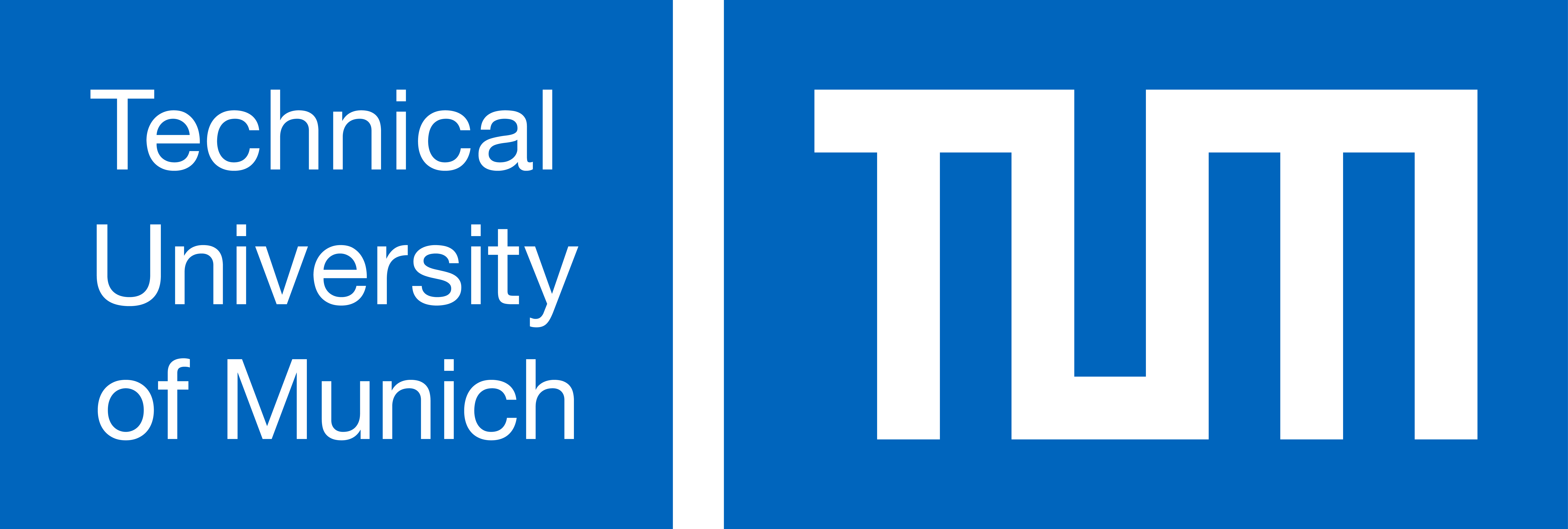About this course
- Introduction to Spaceflight
- Space Environment (Thermal, Radiation, Particles, Asteroids and debris, Key destinations)
- Orbital Mechanics I (Orbits, Orbital elements and Perturbations)
- Orbital Mechanics II (Hohmann maneuvers, Fly-by’s, Escape maneuvers)
- Space Propulsion (Types, Main tradeoffs and mass budgets, Main components)
- Satellite Design I (Payload, Power and Thermal)
- Satellite Design II (TT&C, Communication and Link Budget)
- Satellite Design III (ACDS, Ground Systems, System Level Budgets)
- Space Transportations (LV market, availability, payload environment and propulsion)
Learning outcomes
On successful completion of this module, students should be able to: − LO1 - Understand the societal, economic, and policy drivers behind space activities and how these have evolved over time; − LO2 - Understand which science and engineering disciplines are involved in spaceflight; − LO3 - Acquire fundamental knowledge on the space environment (thermal, radiation, high atmosphere considerations, etc.) and space mission lifecycle (traditional ECSS-like, Agile engineering); − LO4 - Acquire fundamental knowledge in orbital mechanics, spacecraft design, and space transportation; − LO5 - Apply the fundamental knowledge gained during the course to perform simplified engineering tradeoffs in space mission design using gamification and basic engineering tools (Excel, MATLAB); − LO6 – Learn how to communicate effectively technical results to a large audience and convey purpose; − LO7 – Learn how to work in teams to achieve common goals.
Examination
The exam consists of a written exam of 90 minutes length at the end of the semester, where the examinees apply the knowledge of the course to various problems solvable with tools from the lecture and exercise. This may be in the form of questions related to understanding, calculations, reasoning, deduction and the transfer of knowledge not specifically covered in the lecture of exercises. Some of the questions may be in the form of multiple choice questions. Formulae required but not included on the given formula sheet will be given for each question. The following aids are allowed during the exam:
- A formula sheet prepared by the examiners
- A non-programmable calculator
- A dictionary where needed
Course requirements
none
Resources
- − Aguirre, Miguel A. "Introduction to space systems", Springer, 2013 (as an overview of the general function of space systems) − Walter, U. "Astronautics", Springer Cham, 2019
Activities
The module consists of two main parts. Part 1 consists of lectures and mission design, whilst Part 2 consists of the exercise accompanying the mission design. The purpose of the module is to give students the opportunity to get fundamental knowledge and understanding of all parts of a satellite space mission, including the the societal, economic, and policy drivers behind space activities and how these have evolved over time. The students will be shown which science and engineering disciplines are involved in spaceflight and acquire fundamental knowledge on the space environment (thermal, radiation, high atmosphere considerations, etc.) and space mission lifecycle (traditional ECSS-like, Agile engineering) as well as orbital mechanics, spacecraft design, and space transportation. The main space-relevant systems (launchers, satellite and their subsystems, operations and ground infrastructure) are also introduced.
During the exercises the students will apply this knowledge to perform simplified engineering tradeoffs in space mission design using gamification and basic engineering tools.
As part of the design challenge, students will be working in groups to develop the space mission design, with the aim of satisfying the mission requirements that will be provided to them as a goal.
They will be required to organize between themselves in each group to tackle all the needed specific design tasks while ensuring that the overall mission is complete and fulfil the requirements.
Additional information
- More infoCourse page on website of Technical University of Munich
- Contact a coordinator
- LevelBachelor
- Contact hours per week4
- Mode of deliveryHybrid
Starting dates
13 Apr 2026
ends 17 Jul 2026
Apply nowRegister before 15 Mar, 23:59
